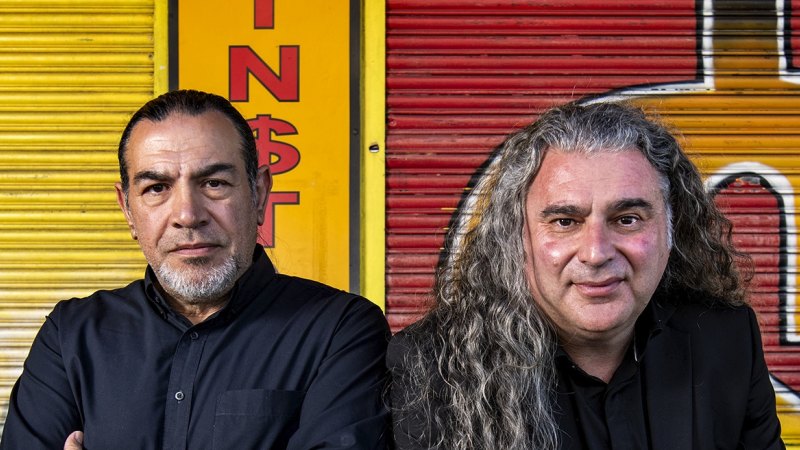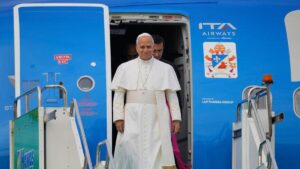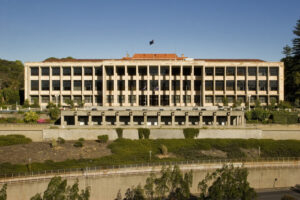
Recent discussions have sparked diverse opinions on the nature of art, societal responsibilities, and the implications of wealth. These conversations highlight contrasting views on freedom of expression, the role of art in society, and the responsibilities of the affluent.
Art and Expression: A Divided Opinion
In a response to Jacqueline Maley’s article, which contends that art should boldly reflect contemporary issues, Frederick Jansohn from Rose Bay expressed his reservations. He agrees that art should not shy away from expression, but he contests the classification of certain works as art. Jansohn argues that comparing modern pieces to renowned masterpieces such as Picasso’s Guernica is unfair to both the artists involved and the legacy of historical works.
According to Jansohn, timeless creations like Leonardo da Vinci’s Mona Lisa and Michelangelo’s David possess qualities that resonate across generations. These works evoke emotional responses and appreciation that he believes are not universally matched by contemporary installations.
Raymond Schwartz from Bellevue Hill added another layer to the conversation about freedom of expression. While he supports Maley’s assertion that this freedom is vital for social cohesion, he emphasizes the importance of establishing clear limits. Schwartz argues that the real challenge lies in defining boundaries to prevent free speech from inciting violence, suggesting that immediate action on sensible legislation is necessary.
Societal Issues and Responsibilities
Public response to social issues continues to evolve, particularly regarding mental health and community welfare. Graham Lum from North Rocks raised concerns about the growing loneliness among children and young adults. He pointed out the alarming trend of young individuals relying on AI bots for companionship, which he views as indicative of a more significant societal problem. Lum highlighted the links between social isolation, mental health issues, and rising suicide rates, urging the New South Wales government to take decisive action.
In a nod to creative youth, Larry Woldenberg expressed his enthusiasm for the Young Archies exhibition. He appreciates the opportunity to view the artwork of young talents each year, noting how the artists’ narratives enhance the viewing experience. One standout piece, titled Maiden of Mushrooms, exemplifies this creativity, showcasing the imagination of 11-year-old Rui Ling Hu, who uses her art to reflect on nature’s complexities.
The discourse also extends to the realm of public transport. Peter Egan from Mosman criticized the recent agreement between rail unions and transport authorities, which will see Opal fare meters turned off for two days. Egan suggested that a “zero fare” day would provide valuable data on the impact of reduced fares across different socioeconomic groups in New South Wales, allowing for a clearer understanding of public transport usage.
Wealth and Indifference: A Historical Perspective
The conversation surrounding wealth and social responsibility resurfaced with the public’s reaction to Jeff Bezos’ extravagant display in Venice. David Ashton from Katoomba reflected on the historical context of wealth inequality, noting that throughout history, there have always been individuals indifferent to the struggles of the less fortunate. He highlighted the disregard of the ruling classes in Europe for the impoverished, drawing parallels to contemporary displays of wealth.
Riley Brown from Bondi Beach countered this narrative by pointing out Bezos’ philanthropic efforts, highlighting that he has donated over $2 billion to various causes. Brown argues that it is ultimately Bezos’ prerogative to spend his wealth as he sees fit, emphasizing the importance of recognizing his charitable commitments.
As these discussions unfold, they demonstrate the multifaceted nature of societal values, art, and wealth. The varying opinions illustrate a broader conversation about individual responsibility and the role of community in shaping a cohesive society.







